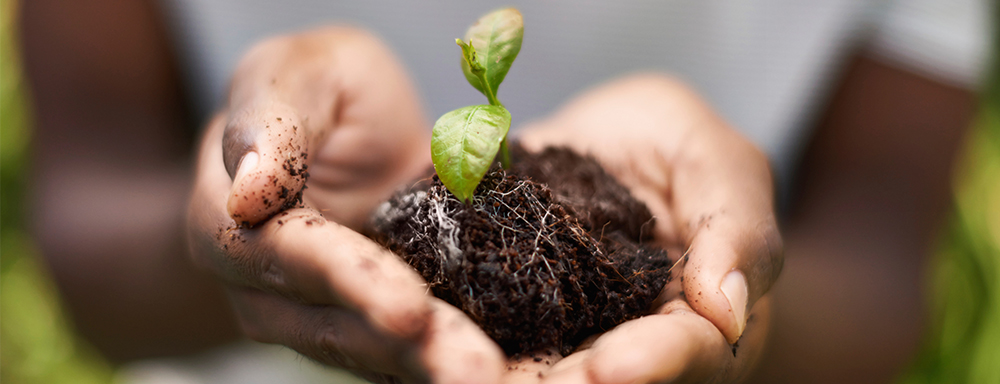The Importance of Soil Sampling
Soil is the ultimate foundation for healthy crops and wholesome food production. It’s the foundation for fuel, fiber and medicine, and plays an important environmental role, storing and filtering water, and improving resilience in floods and droughts.
Growers can do a lot to help maintain healthy soil and its productivity. Promoting healthy soil biology and protecting soil organic matter are key components. A big contributor to healthy soil is maintaining proper soil nutrients.
Maintaining accurate levels of nutrients begins with a soil test. This will help determine the key soil nutrients crops will need in specific geographies. Soil testing is the first step to maintaining quality soils and achieving high yielding, high grading crops.
Crops need all the essential plant nutrients to produce the best yields and highest quality. Even if adequate amounts of the primary nutrients — nitrogen, phosphorous and potassium — are available, a shortage of one or more secondary or micronutrient could limit yields and reduce the quality of the crop.
Conducting soil tests at the right time is crucial to an efficient and effective nutrient stewardship strategy. Soil fertility experts recommend a composite sample of no fewer than 15-20 soil cores that represent no fewer than 20 acres. It is recommended to take soil samples around the same time each year to ensure accurate year-over-year results, with sampling occurring in the fall if possible for the most accurate results. Keep records of your soil samples so you can effectively benchmark, analyze trends and determine what your crops are removing from the soil each growing season. Read more on soil testing here.
What we can learn from soil samples
With soil sampling, an abundance of data is available, but for growers, the most valuable information will boil down to a few key areas:
1. Nutrient Levels – Monitor macronutrients, secondary nutrients and micronutrients. This will allow you to determine efficiencies and write a prescription based on desired yields.
2. Organic Matter – Organic matter, or the amount of plant and animal residue in the soil, is an important source of nutrients and water.
3. Soil pH – pH tells us how acidic or alkaline soil is and plays a large part in the plant availability of nutrients.
4. Cation Exchange Capacity (CEC) – The soil’s ability to hold cationic nutrients, summarized as the general weight, type and texture of soil. This measurement will help growers determine safe seed-placed fertilizer amounts.
Setting realistic yield goals
Growers can use soil test results to help determine what nutrients and in what levels are needed to help achieve desired yields. If you don’t know what nutrient levels are available in your soil, it is difficult to achieve the right rate of fertilizer application for optimal yield.
The Rainbow advantage
Farming technology is constantly improving and so is Rainbow Plant Food. Each grade is reviewed annually. Formulations are altered as needed to meet the changing nutritional needs arising from increased yields, new crop varieties and modified farming practices. Rainbow Plant Food formulations are tailor-made, based on thousands of soil samples taken from area farms.
Regular soil testing and the use of the appropriate Rainbow Plant Food grades will help in achieving a complete nutritional balance resulting in a greater return on investment.


